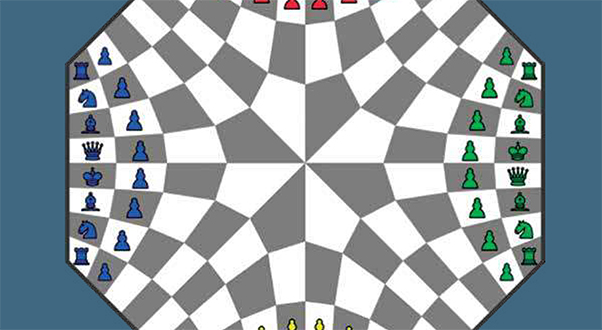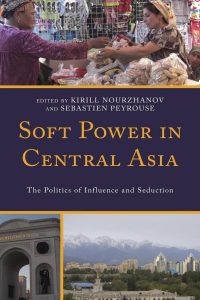India and Central Asia: the Strategic Dimension
Phunchok Stobdan, India and Central Asia: the Strategic Dimension, (New Dehli: KW Publishers, 2020).
In 2017 Mehbooba Mufti, Chief Minister of the erstwhile state of Jammu and Kashmir, proposed linking South and Central Asia via Kashmir to forge deeper cooperation and prosperity. Kashmir’s geographical location in the north of the Indian subcontinent places it near to Tajikistan through areas now controlled by Pakistan. India’s traditional land connections with Central Asia were ruptured after the partition of the subcontinent and the creation of Pakistan in 1947. In Professor P. Stobdan’s latest book India and Central Asia: The Strategic Dimension we learn that Kashmir was a bridge between India and Central Asia whose partial occupation by Pakistan (in 1947) ‘finally led to direct physical disconnect that spelt the death knell for India’s northern outreach.’ (p.ix)
A diplomat and former Indian Ambassador to Kyrgyzstan, Professor Stobdan provides a timely overview of New Delhi’s foreign policy towards Central Asia. From the outset, the book highlights 2,500 years of engagement between India and Central Asia, asserting that developments in Eurasia had “decisively shaped” the course of India’s political history. (p.vii) For much of its history, strategists on the sub-continent have seen Central Asia as a “staging ground for invasions”(p.viii) from Greeks, Turks, and Mughals, generating a perception of threat that came to be reflected in British India’s “Great Game” play in Central Asia (p.ix) to contain an expansionist Russian Empire.
Today, the region’s geopolitics have revolved around rivalries between the U.S., China, Russia, and the European Union. Nevertheless, the Central Asian republics have remained important actors in their own right. They attempted to assert their own regional initiatives based on their national interests and political aspirations. However, Central Asia has encountered intra-state ethnic and other forms of unrest which have endangered both their political stability and their territorial integrity. Violent extremism, fuelled by Afghanistan and Pakistan-based groups, was nonetheless quickly contained across the region.
The rivalry among the great powers, Stobdan argues, is reflected in joint Sino-Russian efforts to blunt U.S. influence. The U.S. counter strategy, the author argues, is to connect Central and South Asia, using India as a linchpin. The relationship between the latter is historically rooted in ancient connections like the Sakas (who came from Central Asia and settled in the northern Indian plains around 1000 BC) and the Turks of the first millennium AD, as well as the spread of Buddhism from India during the Greek period.
Professor Stobdan draws on these early civilizational contacts both to underline the depth of India-Central Asian relations, as well as the two-way nature of the cultural project, in which India bears the imprint of the steppe societies of ancient Eurasia. According to the author, this communication was disrupted with the advent of the colonial era, triggering the Anglo-Russian “Great Game” of the nineteenth century. This was the onset of the period of restricted contacts between two “states” of Tsarist Russia (later the Soviet Union) and British India (later the Republic of India).
From 1947, India’s relations with the Central Asian Republics of the Soviet Union remained limited, though the author notes that over 1,000 Soviet newborns were renamed “Indira” following Indira Gandhi’s visit to the region in the 1950s. India-Central Asia relations thrived on science, technology, education and culture during the Soviet period. Cultural interactions were boosted in the 1960s and 1970s with the rise of Bollywood – which was strongly supported by Moscow as an alternative to Westernculture. India also duly recognized its cultural and civilizational bonds by opening cultural centers in three of the five Central Asian capitals.
According to the author, much of India’s modern-day diplomacy is centered on supporting regimes that are helpful to “forestall trends detrimental to India’s interests,” (p.219) namely, the spread of radical Islam, particularly from groups connected to its rival Pakistan. However, Central Asia’s policies toward threats like those posed by the Taliban have not always neatly aligned with India’s approach, with the Central Asian states more willing to engage in dialogue (p.247).
Professor Stobdan notes that many factors limited initial strategic and economic linkages with the region, including a dearth of scholars who understood the region. A key takeaway from this is that India, with all its soft power advantages in Central Asia through historical and cultural linkages, has not been able to instrumentalize them to great effect. In this context, the author rightly points to lacunas in India’s Central Asia policy, including the exclusion of both Pakistan and Russia in its efforts to generate fruitful engagement with the region.
An excellent and informative work, India and Central Asia offers a comprehensive picture of current India-Central Asia relations and the prospects and challenges ahead.
Subhadeep Bhattacharya is Adjunct Researcher at Asia in Global Affairs, Kolkata, India.




